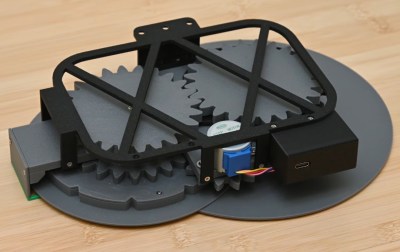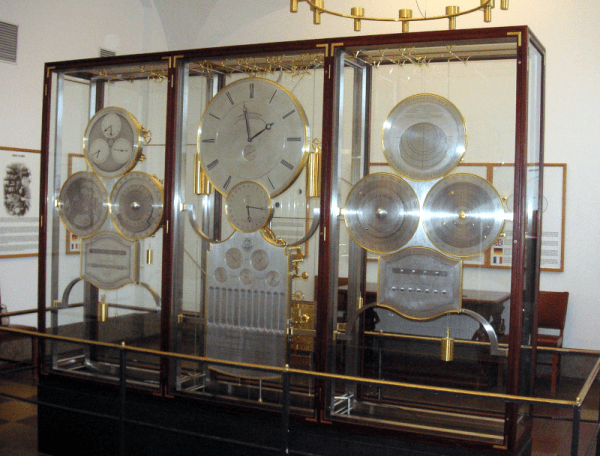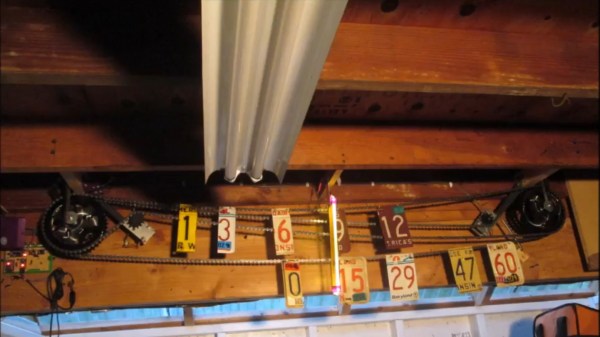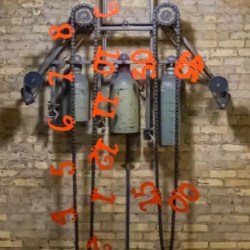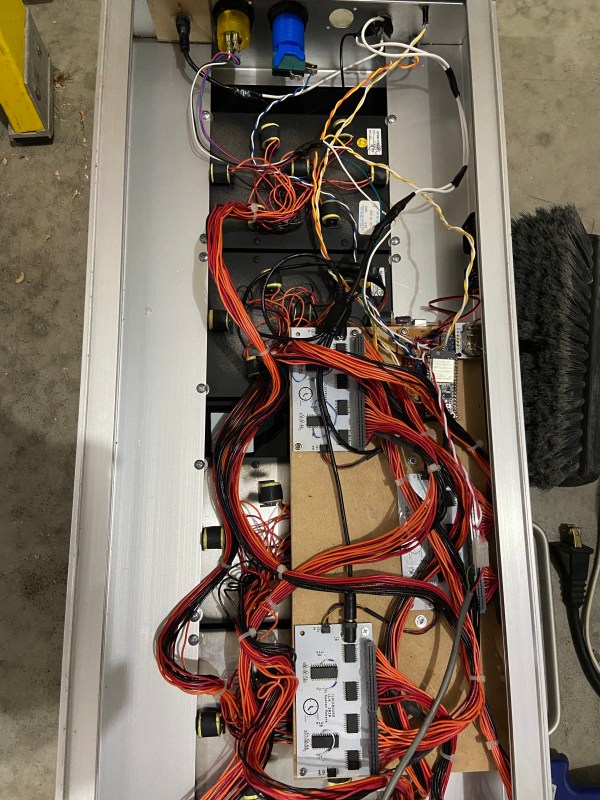When you think of open-source hardware, you probably think of electronics and maker tools– RepRap, Arduino, Adafruit, et cetera. Yet open source is an ethos and license, and is in no way limited to electronics. The openmovement foundation is a case in point– a watch case, to be specific. The “movement” in Openmovement is a fully open-source and fully mechanical watch movement.
Openmovement has already released STEP files of OM10 the first movement developed by the group. (You do need to sign up to download, however.) They say the design is meant to be highly serviceable and modular, with a robust construction suited for schools and new watchmakers. The movement uses a “Swiss pallets escapement” that runs at 3.5 Hz / 25,200 vph. (We think that’s an odd translation of lever escapement, but if you’re a watchmaker let us know in the comments.) An OM20 is apparently in the works, as well, but it looks like only OM10 has been built from what we can see.
If you don’t have the equipment to finely machine brass from the STEP files, Openmovement is running a crowdfunding campaign to produce kits of the OM10, which you can still get in on until the seventh of June.
If you’re wondering what it takes to make a mechanical watch from scratch, we covered that last year. Spoiler: it doesn’t look easy. Just assembling the tiny parts of an OM10 kit would seem daunting to most of us. That might be why most of the watches we’ve covered over the years weren’t mechanical, but at least they tend to be open source, too.



